"Our own language and culture are heritage and differentiating elements"
Pla de Cultura de la Ciutat de València, 2017
Valencia, Citizens’ Heritage responds to the strategic objective of enriching the cultural offer, improving access and cultural participation and strengthening social cohesion City of Valencia Culture Plan, 2017 (1) and proposes a series of initiatives aimed at improving the management and protection of heritage and cultural facilities and contributing to the promotion and dissemination of our city’s tangible and intangible cultural heritage. Below are listed and described the main initiatives of this program carried out by the Department of Heritage and Cultural Resources:
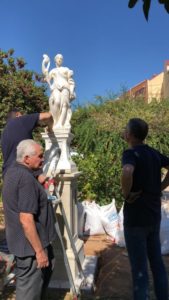
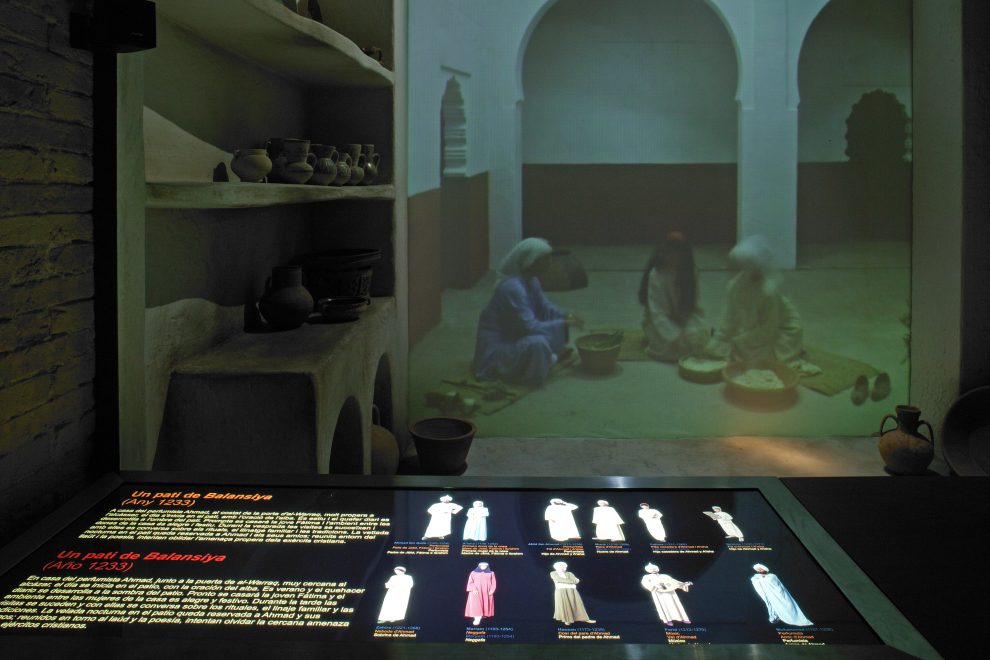
In order to improve the management of the various cultural facilities as generators of an everyday culture close to citizens, the Department of Heritage and Cultural Resources has allocated resources to adapt them to the requirements necessary for your visit. The main interventions carried out have been those of the Llotja dels Mercaders, developing its fire plan and installing the air conditioning equipment, the replacement of the audiovisuals of the Valencia History Museum (MHV), the air conditioning project of the Museum of the City and the elaboration of the project for the air conditioning and remodeling of the Historical Museum of the Town Hall.
Esment especial mereixen els esforços realitzats per a elevar els estàndards dels diferents equipaments municipals als requeriments d’una ciutat intel·ligent (SmartCity). En aqueix sentit, s’ha engegat el projecte de digitalització de la gestió d’entrades i visites guiades en 14 dels museus i monuments municipals i el Palau de la Música ha implantat un nou sistema d’informació i comunicació que afavoreix la relació del recinte amb els usuaris i permet identificar nous públics. D’altra banda, s’està gestionant l’obtenció de finançament amb càrrec a ajudes comunitàries per a abordar la instal·lació de sensors en tots els museus que permeta controlar les seues condicions de conservació (il·luminació, climatització, humitat, etc.) i de balises que oferiran als usuaris visites guiades a través de bluetooth en diversos idiomes.

The Department of Heritage and Cultural Resources is making an effort to inventory and conserve archaeological pieces and municipal collections, such as those of the City Museum or the Benlliure and Blasco Ibañez Museum Houses. For this, part of the financially sustainable investments of the municipal corporation is allocated to the restoration of paintings, altarpieces, panels and works of art.
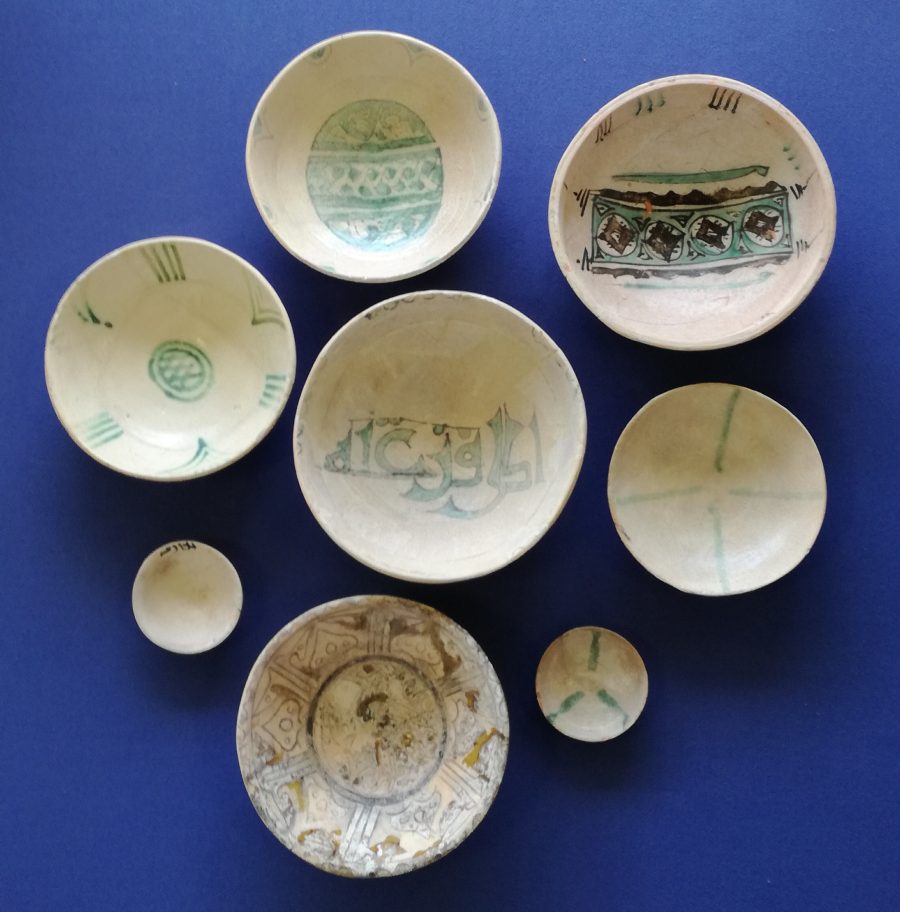
In order to protect the documents of the historical archive, the necessary work is being undertaken to digitize them so that they can be consulted without the risk of losing the information. This is the case of the municipal register, with regard to which some volumes are in very poor condition, or of the photographic archive.
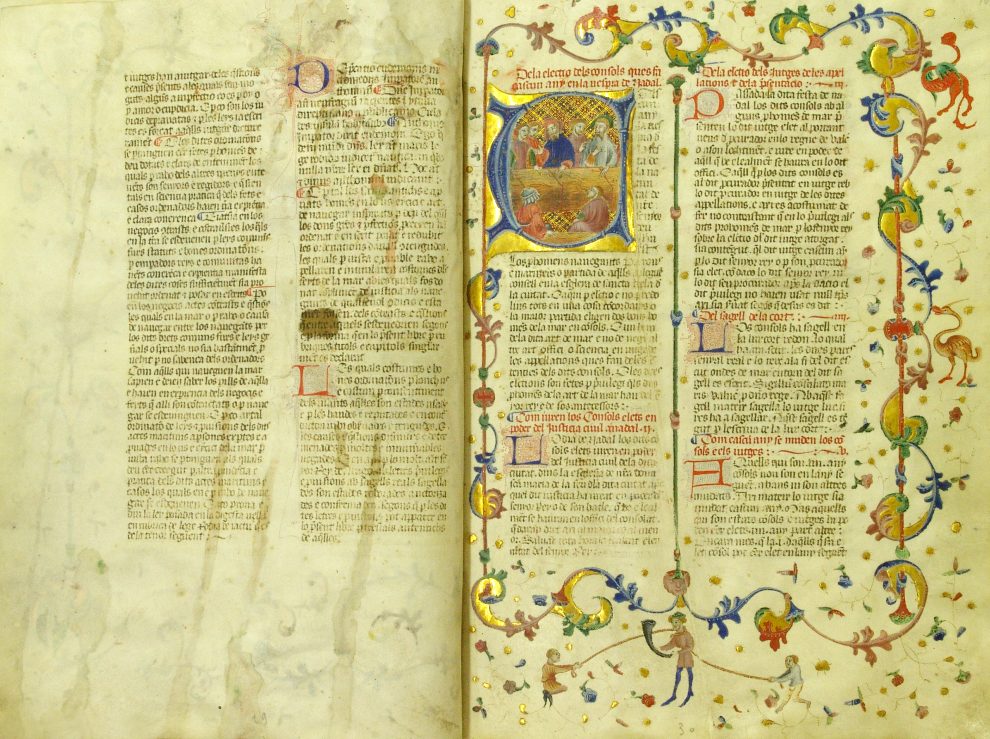
In order to raise awareness of the importance of the Archives and the Serrano Morales Library, both located in the Palau de Cervelló, the Archive Documents activity has been started, which consists of presenting documents to the public and editions by qualified experts and in the organization around it of a small exhibition that allows it to be contextualized and understood.
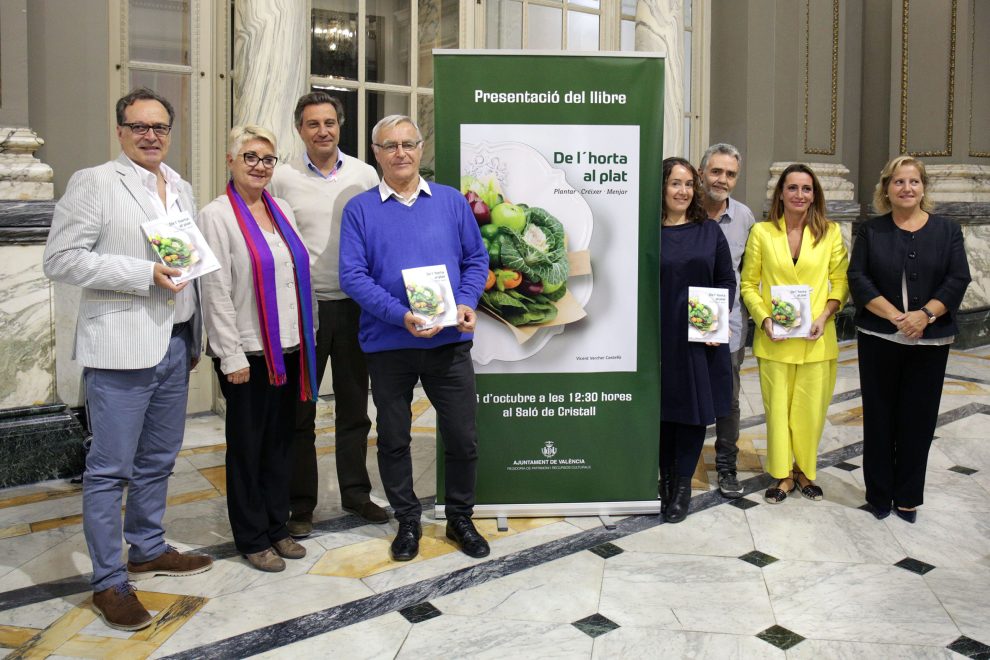
The Department of Cultural Heritage and Resources has restructured this service and established priorities when it comes to publishing in order to promote the city and promote Valencian as the priority language of publication.
Different thematic lines have been developed that embrace all areas and ideologies of society. The main thematic line is the one dedicated to Valencia, creating the Literary Guides collection, coordinated by Daniel Benito Goerlich and Mateo Gamon, in which different writers guide us through the Valencia of their time. In the Isabel de Villena Literary Guides, Joan Lluís Vives and Juan Gil-Albert accompany the reader, in the first three issues published, through the streets and monuments of their time and explain their characteristics and road layout. The bibliography dedicated to peripheral urban centers and especially to the vegetable garden, as an ecological, traditional and identity engine, has also been enhanced, publishing volumes such as “Valencia, when the city meets the vegetable garden” or “The Seaside Villages”.
To publicize the artistic heritage, “Campanes Lives”, a book by the anthropologist Francesc Llop and the photographer Luz Avellaneda Martín, has been published in Valencian and in English, where the bells of the Valencia Cathedral and others are also highlighted emblematic Likewise, the City Council has collaborated with Spanish and European institutions in projects such as “From Tournai to Valencia. The archeology of the first cathedrals of Europe” and “Meetings in the Station. Valencia-North, a space of modernity “, the latter published on the occasion of the centenary of the railway station.
The publications service has also commemorated, in 2016 and 2017, the transfer of the Republican Government to the city of Valencia with three volumes of the work “Valencia, capital of the Republic 1936-1937”, coordinated by Javier Navarro and Sergio Valero, professors at the University of Valencia, and who review the cultural, political and social life of the city in those early war years. An eminently photographic work has also been published, “València Republicana”, with images from public and private archives, many of them unpublished, and the catalogs of the exhibitions “Iron Storm. The anti-aircraft shelters in Valencia”, and “Royo Gómez: Science and war in Valencia, capital of the Republic”.
The publication of works adapted to the profile of a child and youth audience is another of the priorities of the publication service, such as the comics “Els secretes de l’Ajuntament”, prepared by the team of the historic Valencian magazine Camacuc, which gives to get to know the council house, and “Vicente Blasco Ibáñez. An exciting life”, by Cristina Durán and Miguel Ángel Giner Bou, made on the occasion of the 150th anniversary of the birth of our most international writer. Taking advantage of the occasion, the unpublished biography “Blasco Ibáñez: his life and his time”, written by his daughter Llibertat, and the “Annotated Bibliography (2003-2015)” of all Blasco reissues and studies on his figure and work.
The publications service also manages the edition of the catalogs of the exhibitions held in the municipal halls and the edition of the winning works of the Ciutat de Valencia Literary Awards in collaboration with several private publishers in our city, leaders in their sector.
(1) Rivers, Joaquim, Gisbert, Verónica, Martinez, Santi (2017). City of Valencia Culture Plan, 2017. Valencia: University of Valencia